Home>Articles>Why Does My Stove Top Get So Hot When The Oven Is On
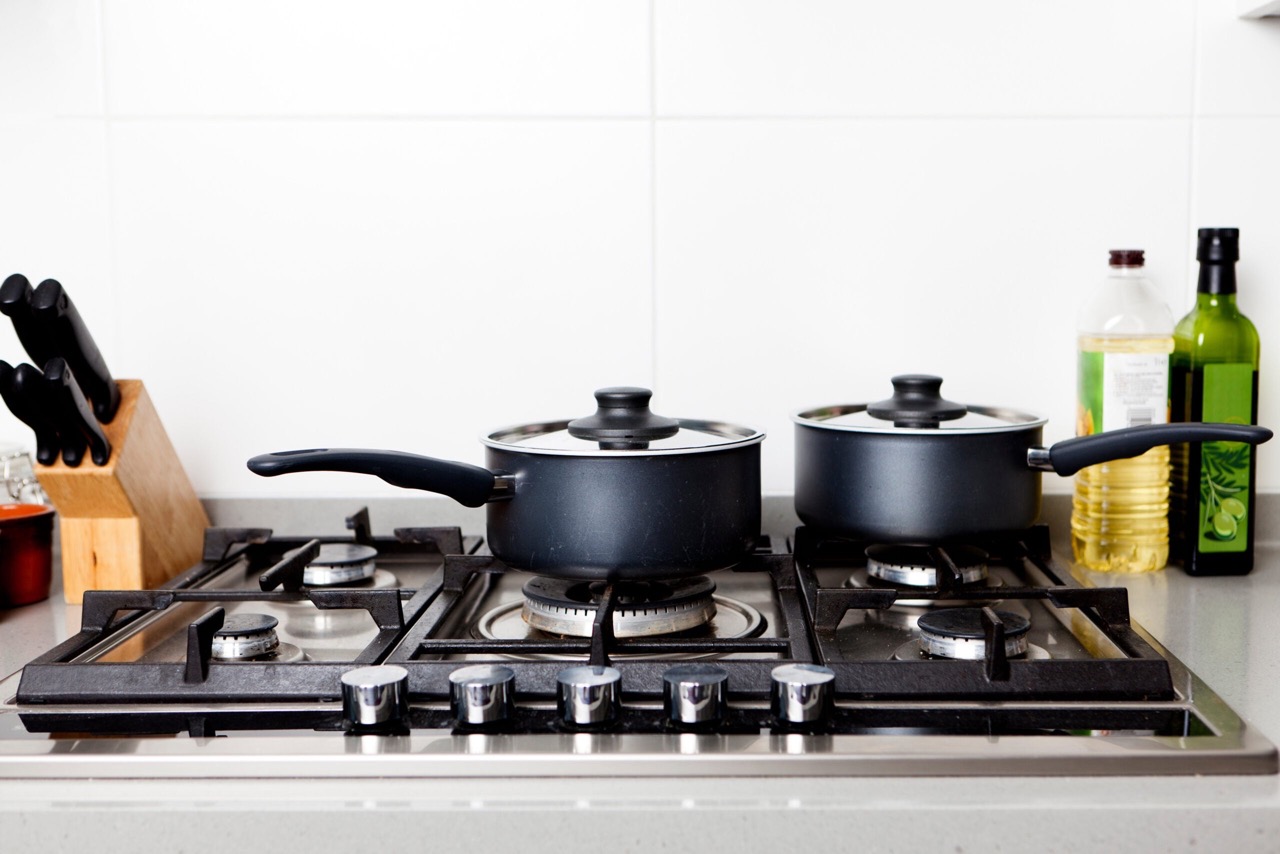

Articles
Why Does My Stove Top Get So Hot When The Oven Is On
Modified: February 7, 2024
Learn why your stove top may get hot when the oven is on in this informative article. Discover common causes and solutions to keep your kitchen safe and functioning efficiently.
(Many of the links in this article redirect to a specific reviewed product. Your purchase of these products through affiliate links helps to generate commission for Storables.com, at no extra cost. Learn more)
Introduction
Have you ever noticed that the stove top can get unexpectedly hot when the oven is turned on? It can be puzzling, and even concerning, especially if you have little ones running around or if you accidentally touch the hot surface. Understanding why the stove top gets hot when the oven is on is essential for maintaining a safe and functional kitchen. In this article, we will explore the science behind this phenomenon, delve into the design of oven-top stoves, discuss potential risks, and provide some useful safety tips.
Key Takeaways:
- Heat transfer from the oven to the stove top is a normal occurrence due to their close proximity. Understanding the science behind heat transfer and implementing safety measures can create a safer cooking environment.
- To minimize heat transfer to the stove top, consider using additional insulation, optimizing cookware selection, using heat-resistant mats, and taking advantage of residual heat. These tips can enhance the safety of your kitchen and provide a more comfortable cooking experience.
Read more: Why Is My Basement So Hot
Why does the stove top get hot when the oven is on?
The stove top getting hot when the oven is on is primarily due to the process of heat transfer. Heat naturally flows from a higher temperature source to a lower temperature sink. When the oven is in use, it generates heat to cook food. This heat radiates from the oven cavity and can transfer to surrounding surfaces, including the stove top.
One of the main reasons for this heat transfer is the close proximity of the oven and the stove top. In most kitchen setups, the oven and stove are built into a single unit. This means they share a common space and are often separated by a relatively thin layer of insulation. As a result, the heat produced by the oven can readily transfer to the stove top through conduction and radiation.
Conduction is the transfer of heat through direct contact between objects. In the case of the oven and stove top, the heat from the oven is conducted through the metal components and transferred to the surfaces of the stove. This is why the stove top becomes hot to the touch.
Radiation, on the other hand, is the transfer of heat through electromagnetic waves. These waves can travel through empty space and can transfer heat without the need for direct contact. When the oven is on, it emits electromagnetic waves in the form of infrared radiation. Some of this radiation can reach the stove top and transfer heat to it.
It is important to note that not all ovens and stove tops are created equal. The extent of heat transfer can vary depending on the insulation properties of the oven, the design of the stove top, and the materials used. Modern ovens are generally designed to minimize heat transfer to the stove top, but some residual heat can still be felt.
Understanding the science behind heat transfer helps us grasp why the stove top gets hot when the oven is on. By being aware of this phenomenon, we can take appropriate safety measures and make informed decisions when using our kitchen appliances.
The science behind heat transfer in ovens
Heat transfer is an important concept to understand when it comes to ovens. It is the key mechanism through which heat is distributed and food is cooked. There are three primary modes of heat transfer: conduction, convection, and radiation. Let’s explore how each of these modes plays a role in the cooking process.
Conduction is the transfer of heat through direct contact between objects. In an oven, conduction occurs when the heat source, typically the oven’s heating element, comes into contact with the cookware or the food itself. The heat is then conducted from the source to the surrounding areas, including the oven walls and the stove top.
Convection is the transfer of heat through the movement of a fluid or gas. In modern ovens, convection is often utilized to improve cooking efficiency. These ovens are equipped with a fan that circulates hot air inside the oven cavity. As the hot air moves around, it transfers heat to the food, resulting in faster and more even cooking. However, this circulating air can also contribute to heat transfer to the stove top.
Radiation is the transfer of heat through electromagnetic waves. In the case of ovens, infrared radiation is emitted from the heating element and absorbed by the surrounding surfaces, including the oven walls and the stove top. This radiation then heats up the objects it comes into contact with, contributing to the overall heat transfer in the oven.
It’s worth noting that different parts of the oven may exhibit different heat transfer properties. For example, the oven walls may primarily transfer heat through conduction and radiation, while the air inside the oven cavity transfers heat primarily through convection. The stove top, being in direct contact with the oven, is subject to all three modes of heat transfer.
Understanding the science behind heat transfer in ovens helps us comprehend how heat is distributed and why the stove top can get hot when the oven is in use. By having this knowledge, we can make informed decisions about how to cook efficiently and safely while being mindful of the heat transfer that occurs within our kitchen appliances.
Understanding the design of oven-top stoves
Oven-top stoves, also known as range cookers or cooktops, are designed to provide users with a convenient and versatile cooking experience. They typically consist of multiple cooking surfaces, such as gas burners or electric heating elements, along with an integrated oven. Understanding the design of these stoves can shed light on why the stove top can get hot when the oven is in use.
The oven and the stove top are often built into a single unit to maximize space efficiency in the kitchen. This means that they share a common space and are interconnected in terms of their heating mechanisms. In most oven-top stoves, there is a layer of insulation between the oven cavity and the stove top to minimize heat transfer. However, this insulation is not completely foolproof and some heat can still be transferred to the stove top.
The stove top itself is typically made of a durable and heat-resistant material, such as stainless steel or ceramic glass. These materials are chosen for their ability to withstand high temperatures and provide a suitable cooking surface. However, they also have the tendency to absorb and retain heat, which is why the stove top can become hot when the oven is running.
The design of the heating elements on the stove top also contributes to the heat transfer. Gas burners, for instance, rely on a flame to generate heat. This heat is conducted through the burner and surrounding components, including the stove top. Electric heating elements, on the other hand, use electrical resistance to produce heat. This heat is then transferred to the stove top through conduction and radiation.
It is important to note that the extent of heat transfer can vary depending on the specific model and make of the oven-top stove. Manufacturers employ various insulation techniques and materials to minimize heat transfer to the stove top. Additionally, newer models often incorporate advanced technologies, such as induction heating, which reduce the amount of heat generated on the stove top.
Understanding the design of oven-top stoves provides insight into why the stove top can get hot when the oven is running. While the shared space and materials of the stove may contribute to heat transfer, it is important to remember that these stoves are built with safety in mind. By following proper safety precautions, we can ensure that our cooking experience is both enjoyable and secure.
Potential risks and safety precautions
While oven-top stoves are designed with safety in mind, there are still potential risks associated with the heat transfer to the stove top when the oven is in use. It is essential to be aware of these risks and take necessary safety precautions to prevent accidents and injuries. Here are some important safety tips to keep in mind:
Read more: Why Does My Hot Tub Have So Many Bubbles
1. Avoid direct contact:
Never touch the stove top when the oven is on or has recently been in use. Even if it appears cool, residual heat may still be present, posing a burning risk. Use oven mitts or other protective equipment when handling pots, pans, or any items that have been on the stove top.
2. Create a clear workspace:
Keep the stove area clear of any clutter or flammable materials. This includes oven mitts, dish towels, pot holders, or any other items that can easily catch fire. Maintaining a clean workspace helps prevent accidental fires and ensures better visibility of the stove top surface.
3. Use back burners when possible:
If you have multiple burners on your stove top, consider using the back burners instead of the front ones. This helps minimize the risk of accidental contact with hot surfaces, especially if you have children or pets in the kitchen. Additionally, using back burners can also reduce the chances of any spills or splatters reaching the stove top.
4. Monitor cooking closely:
When using the oven and stove simultaneously, it’s important to keep a close eye on the cooking process. Check on food regularly and adjust temperatures or cooking times as needed. This helps prevent any potential cooking mishaps and reduces the likelihood of excessive heat transfer to the stove top.
Read more: Why Does My Toilet Bowl Get Dirty So Quickly
5. Proper ventilation:
Ensure that your kitchen is properly ventilated when using the oven and stove. Good ventilation helps dissipate excess heat and improves air quality. It also reduces the buildup of gases and steam, minimizing the risk of burns or other heat-related accidents.
6. Follow manufacturer’s guidelines:
Always refer to the manufacturer’s guidelines and instructions for your specific oven-top stove. This includes proper installation, maintenance, and usage recommendations. Following these guidelines ensures that you are using the appliance correctly and minimizing any potential risks.
By being aware of these potential risks and implementing these safety precautions, you can create a safer cooking environment when using an oven-top stove. Remember, it’s better to be proactive and take preventive measures to avoid accidents and injuries related to the heat transfer from the oven to the stove top.
Tips for reducing heat transfer to the stove top
While some heat transfer to the stove top is inevitable when the oven is in use, there are several steps you can take to minimize this transfer and keep the stove top cooler. These tips can help create a more comfortable and safe cooking environment. Here are some effective ways to reduce heat transfer to the stove top:
1. Use oven insulation:
If your oven-top stove allows for it, consider using additional insulation. This can be in the form of insulation blankets or heat-resistant pads placed between the oven and the stove top. These insulating materials can help reduce the amount of heat reaching the stove top surface.
Read more: Why Is My Stove Top Working But Not My Oven
2. Utilize oven and stove controls:
Be mindful of the oven and stove controls and how they can affect heat transfer. For example, when using the oven, make use of the oven door to help contain the heat within the oven cavity. When using the stovetop burners, adjust the heat to the lowest possible setting that allows for proper cooking to minimize unnecessary heat generation.
3. Optimize cookware selection:
The type and quality of cookware you use can greatly impact heat transfer to the stove top. Using thicker-bottomed pots and pans can help distribute heat more evenly and reduce the amount of heat transferred to the stove top. Additionally, using lids while cooking can help retain heat within the cookware, minimizing heat dispersion around the stove top.
4. Consider using heat-resistant mats or trivets:
To further protect the stove top, you can place heat-resistant mats or trivets on the surface. These can act as a barrier between the hot cookware and the stove top material, reducing direct contact and heat transfer. Ensure that the mats or trivets are heat-resistant and designed to withstand high temperatures.
5. Take advantage of residual heat:
After turning off the oven, there is often residual heat that can continue to transfer to the stove top. To make the most of this heat and reduce further heat transfer from the oven, consider turning off the oven a few minutes before the food is fully cooked, allowing the residual heat to complete the cooking process with minimal impact on the stove top.
Read more: Why My Dryer Not Getting Hot
6. Regularly clean the stove top:
Regularly clean the stove top to ensure optimal heat transfer and avoid any buildup that may hinder its heat dissipation capabilities. Be sure to follow the manufacturer’s cleaning guidelines to prevent damage to the stove top material.
By employing these tips, you can significantly reduce the amount of heat transferred to the stove top when using the oven. This will not only help enhance the safety of your kitchen but also provide a more comfortable cooking experience.
Conclusion
Understanding why the stove top gets hot when the oven is on is crucial for maintaining a safe and functional kitchen. The heat transfer from the oven to the stove top is a normal occurrence due to the close proximity and shared space of the two appliances. The science behind heat transfer, such as conduction, convection, and radiation, plays a significant role in this phenomenon.
Despite efforts to minimize heat transfer with insulation and improved stove designs, it is important to be aware of the potential risks and take appropriate safety precautions. Avoiding direct contact with the stove top, creating a clear workspace, using back burners whenever possible, monitoring cooking closely, ensuring proper ventilation, and following manufacturer’s guidelines can greatly reduce the chances of accidents and injuries.
To further mitigate heat transfer to the stove top, consider using additional insulation, optimizing cookware selection, using heat-resistant mats or trivets, and taking advantage of residual heat. Regular cleaning of the stove top also enhances heat dissipation and improves overall safety.
In conclusion, while it is normal for the stove top to get hot when the oven is in use, understanding the science behind heat transfer and implementing safety measures can help create a safer cooking environment. By being aware of the potential risks and following the tips outlined in this article, you can minimize heat transfer to the stove top and enjoy a more comfortable and secure cooking experience in your kitchen.
Frequently Asked Questions about Why Does My Stove Top Get So Hot When The Oven Is On
Was this page helpful?
At Storables.com, we guarantee accurate and reliable information. Our content, validated by Expert Board Contributors, is crafted following stringent Editorial Policies. We're committed to providing you with well-researched, expert-backed insights for all your informational needs.
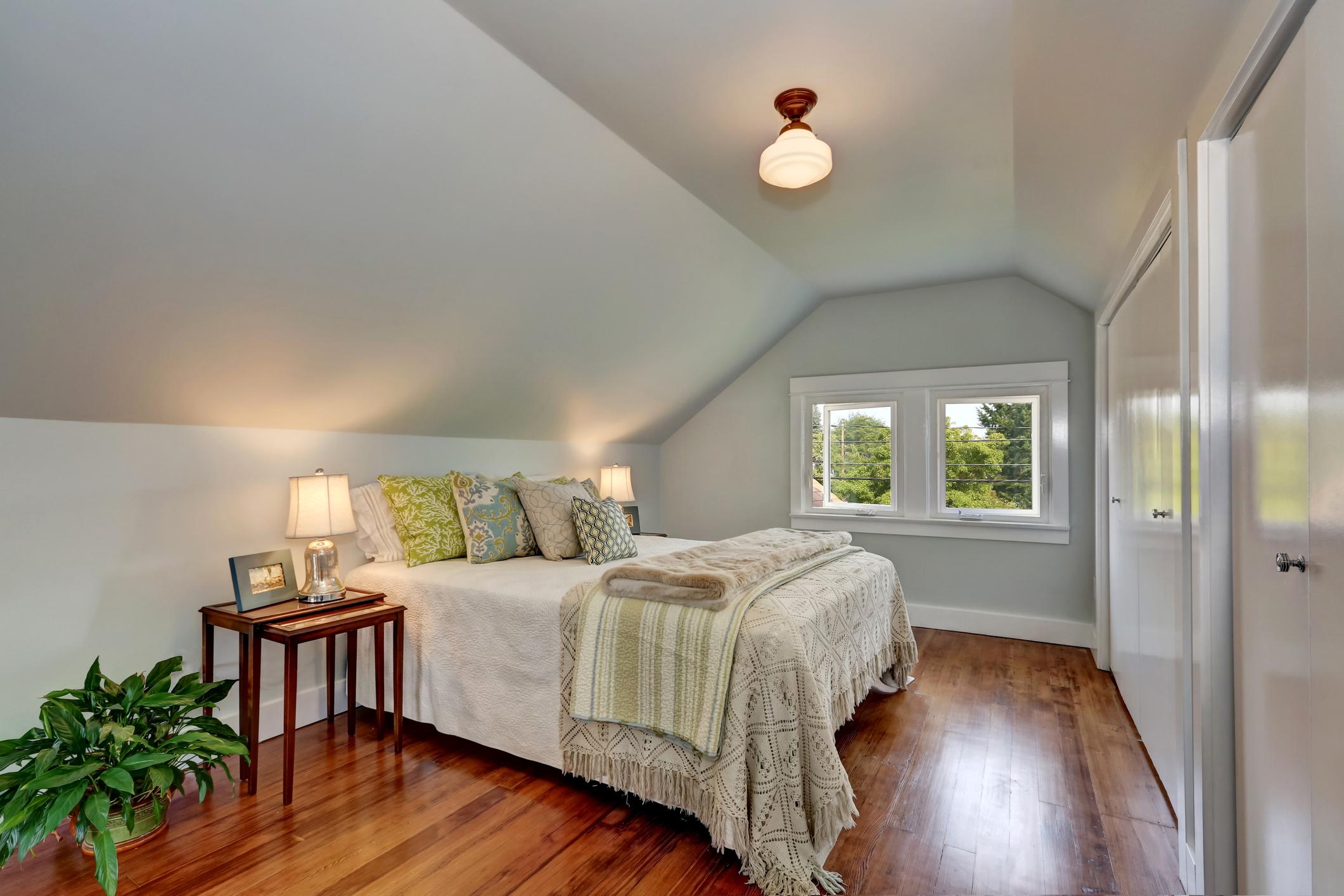
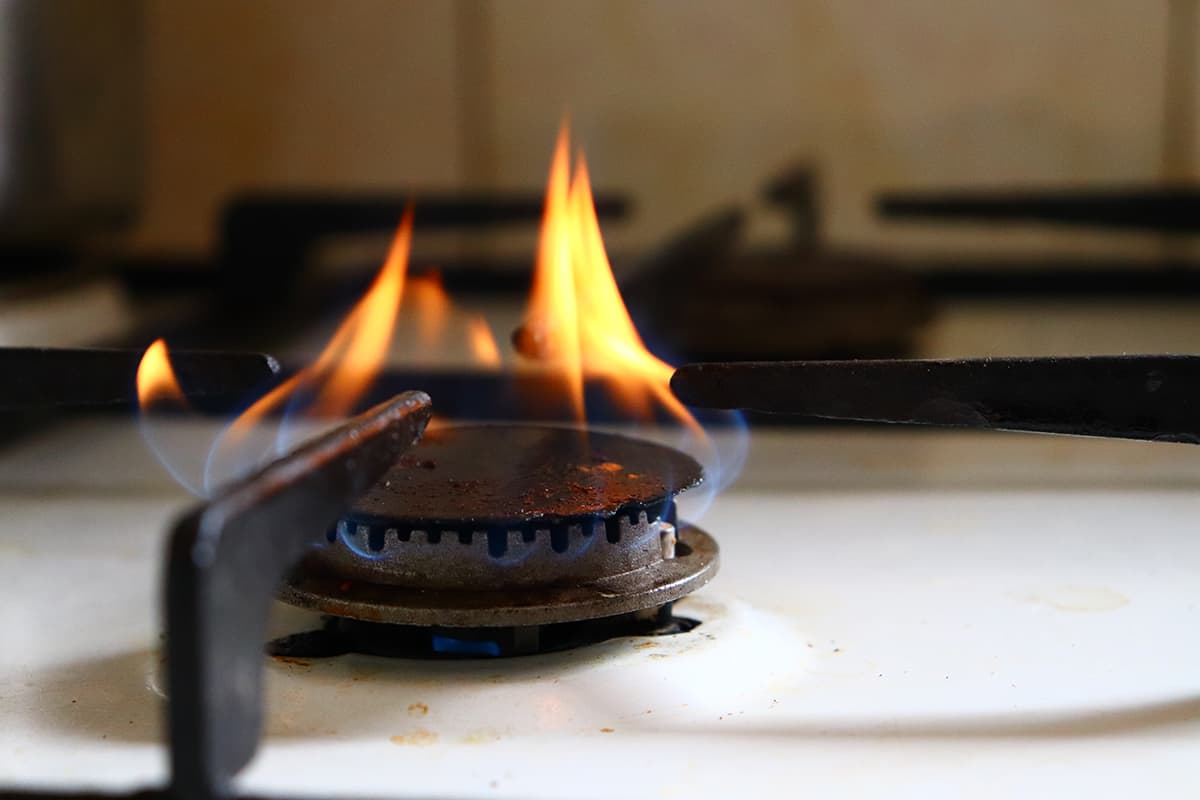
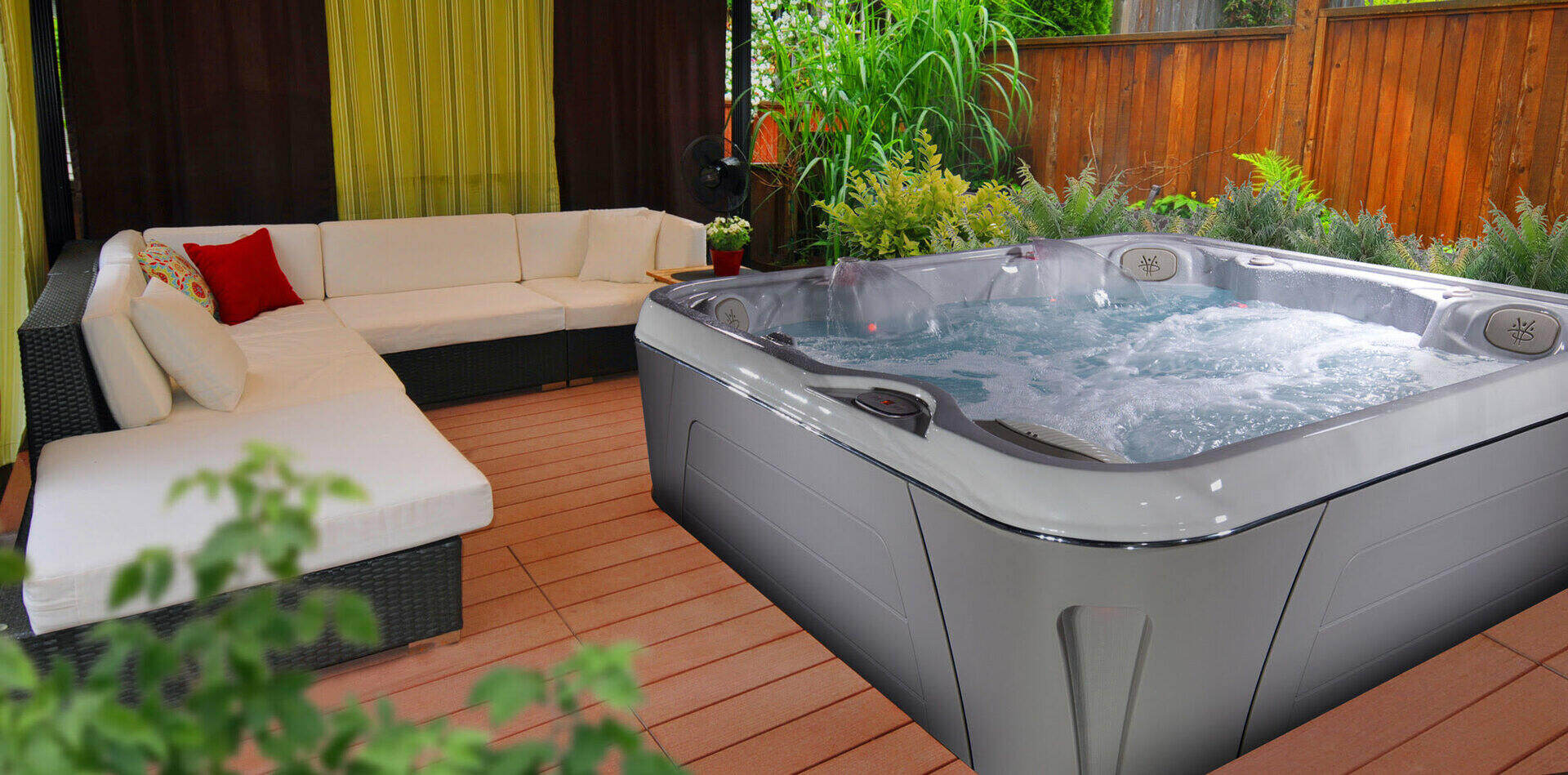
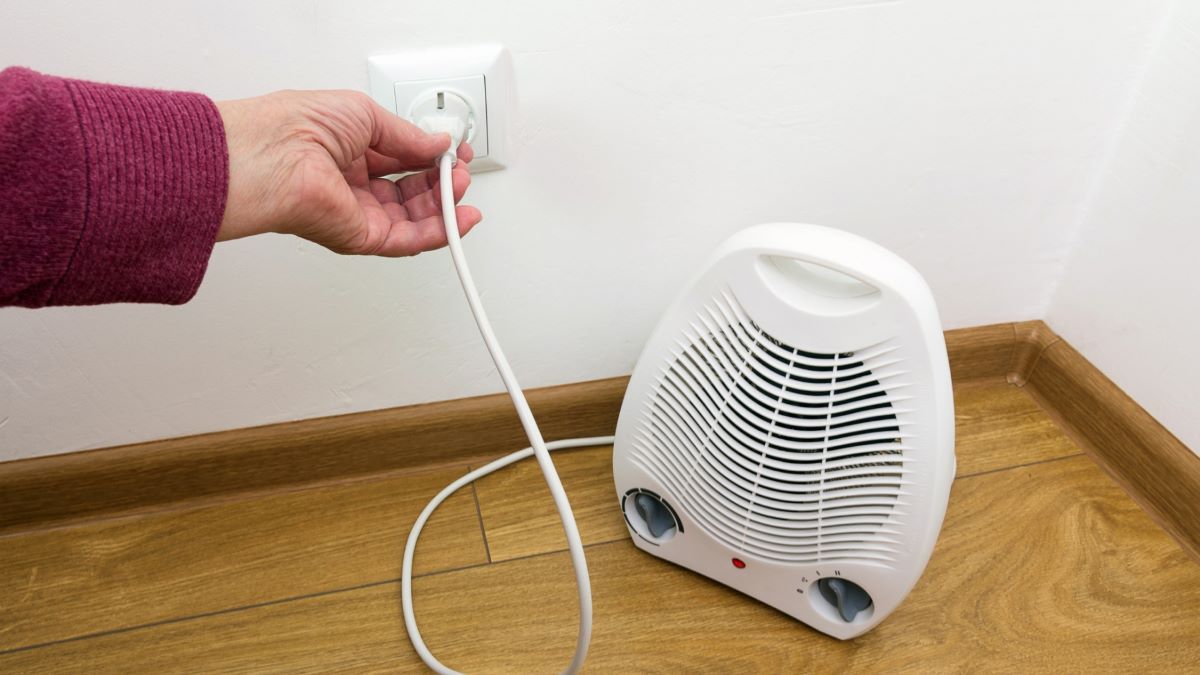
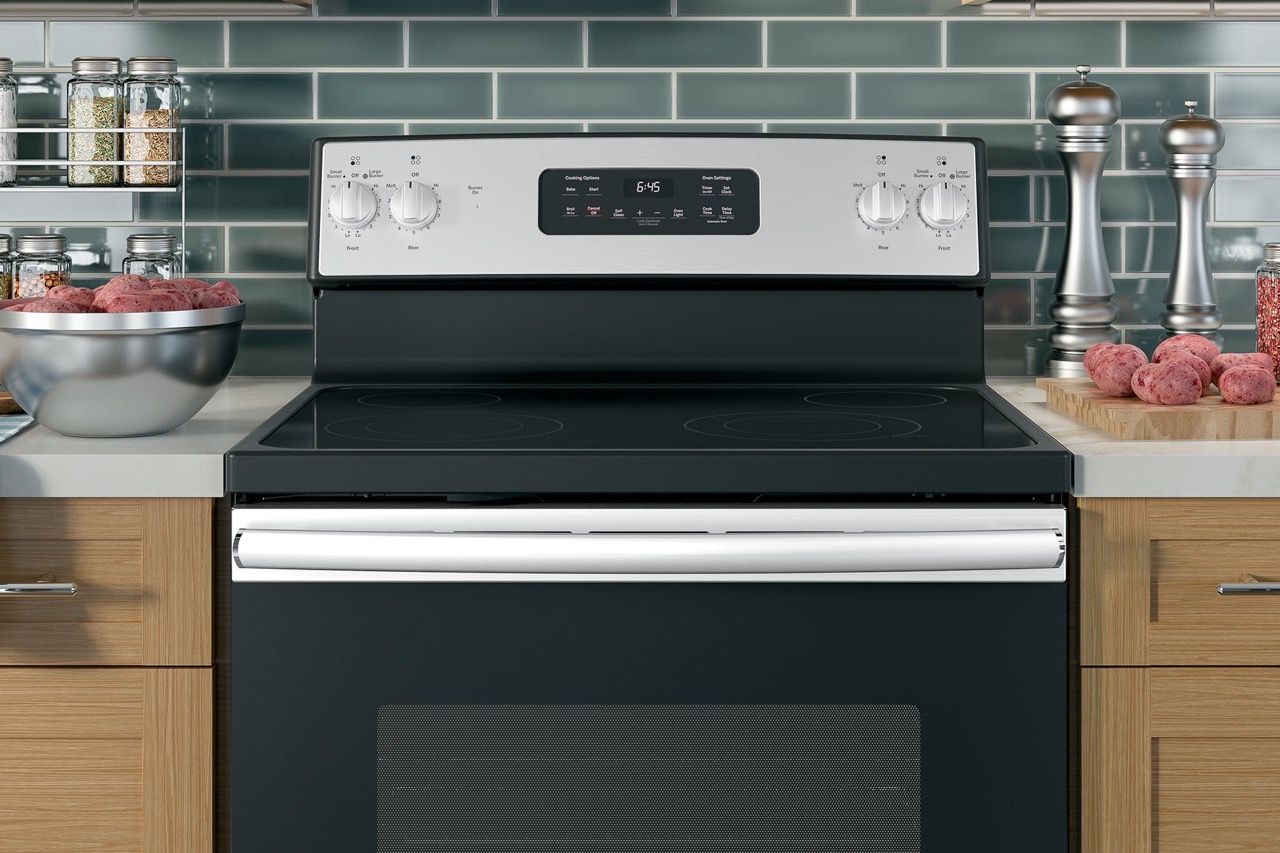
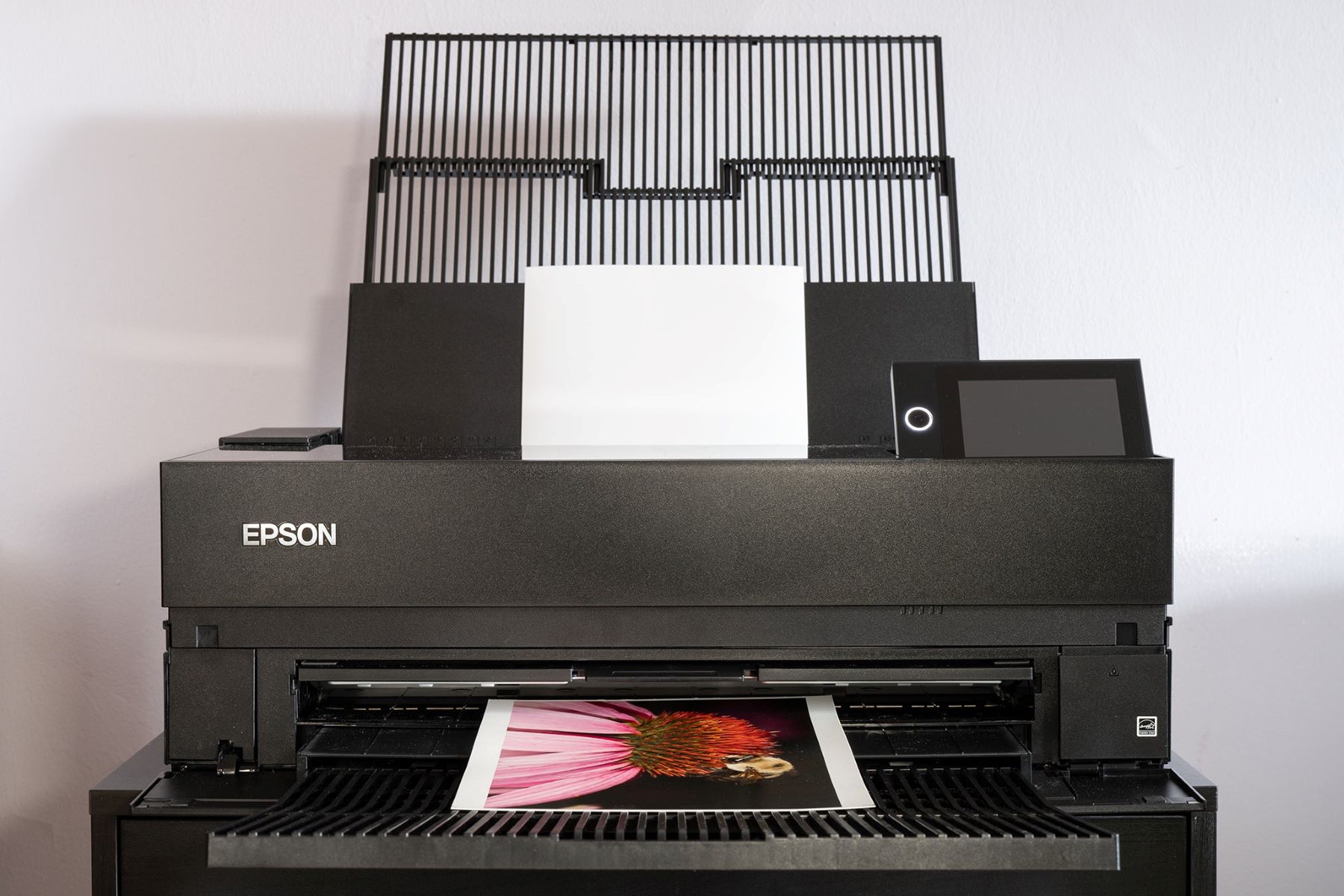
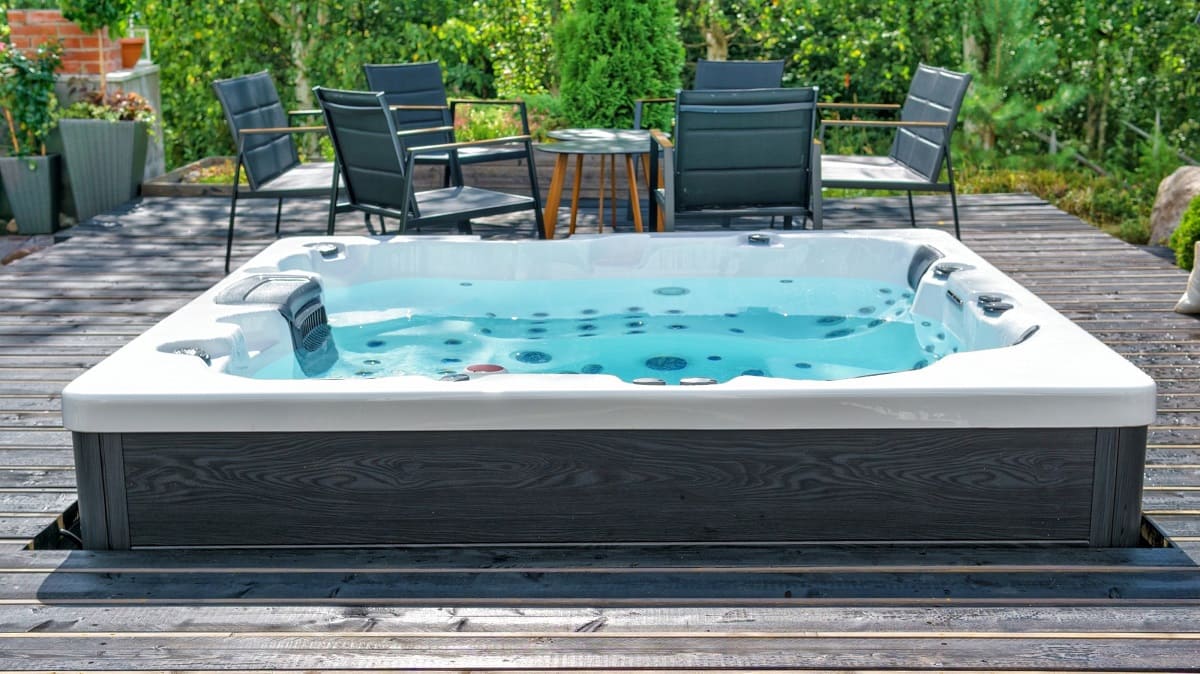
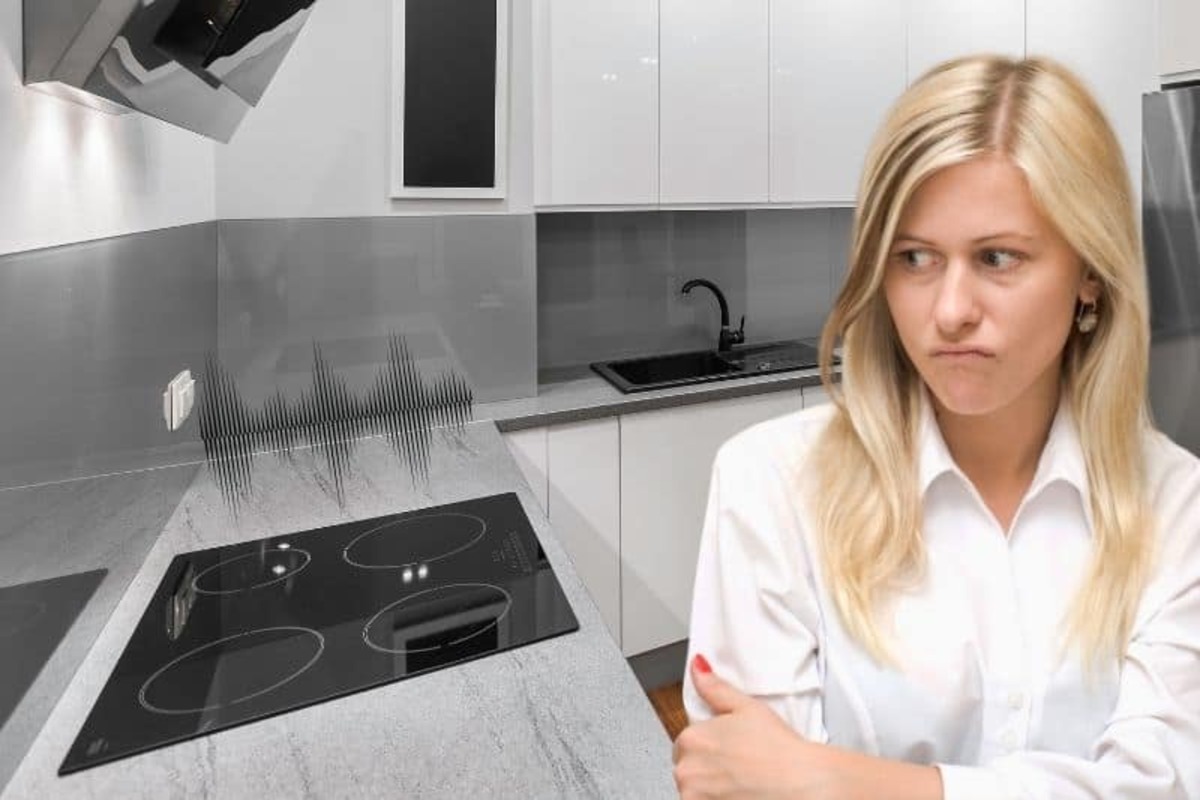
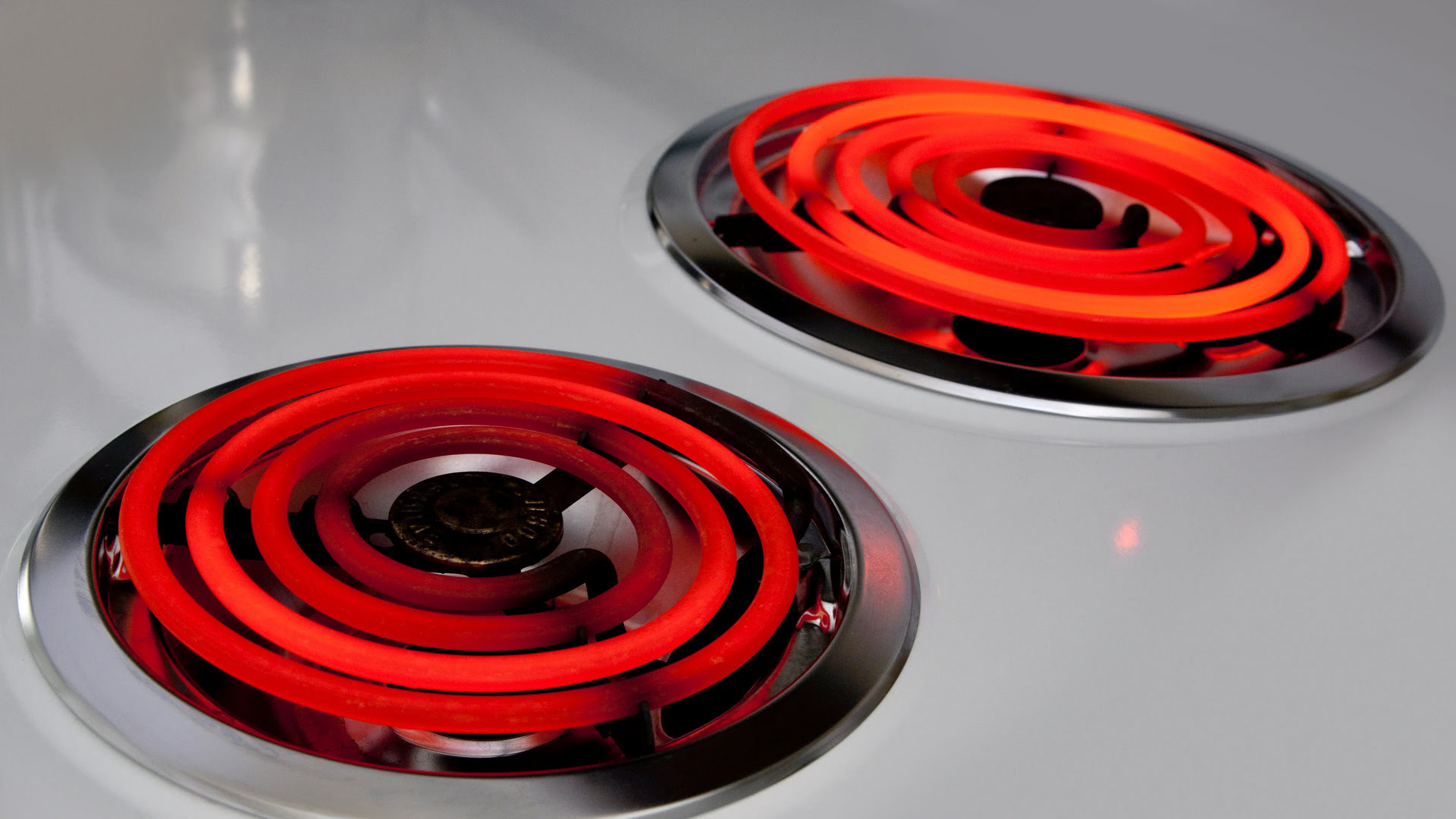
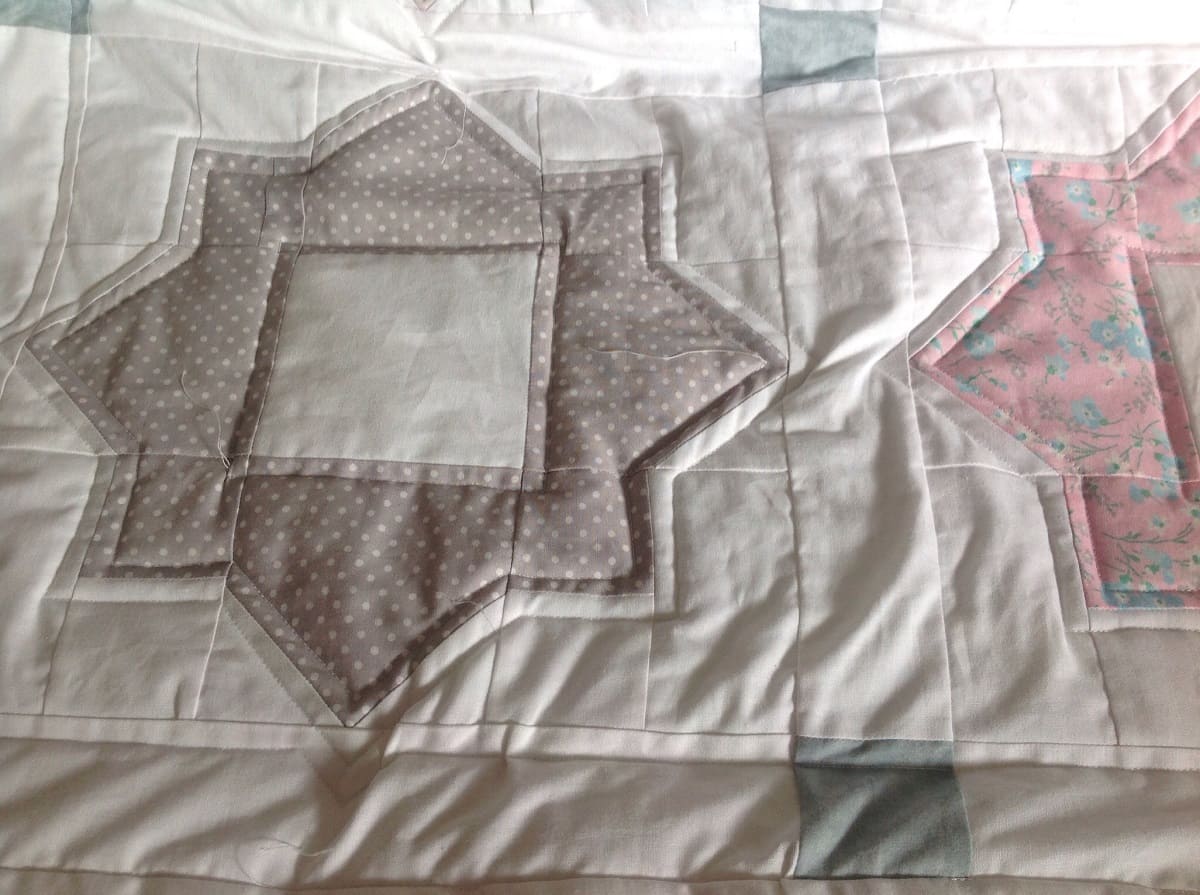
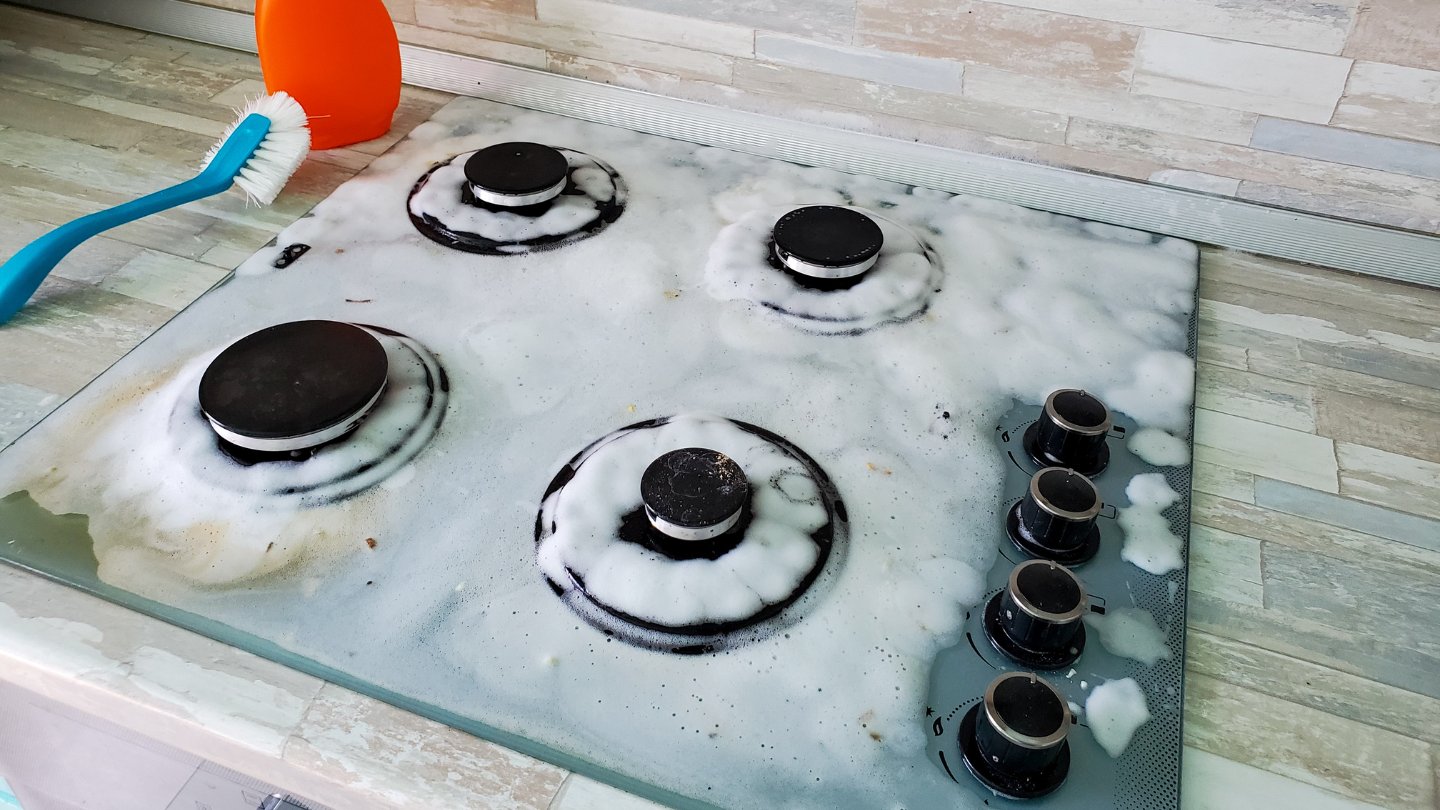

0 thoughts on “Why Does My Stove Top Get So Hot When The Oven Is On”